8 Things I Learned From Owning A Renault Megane R26
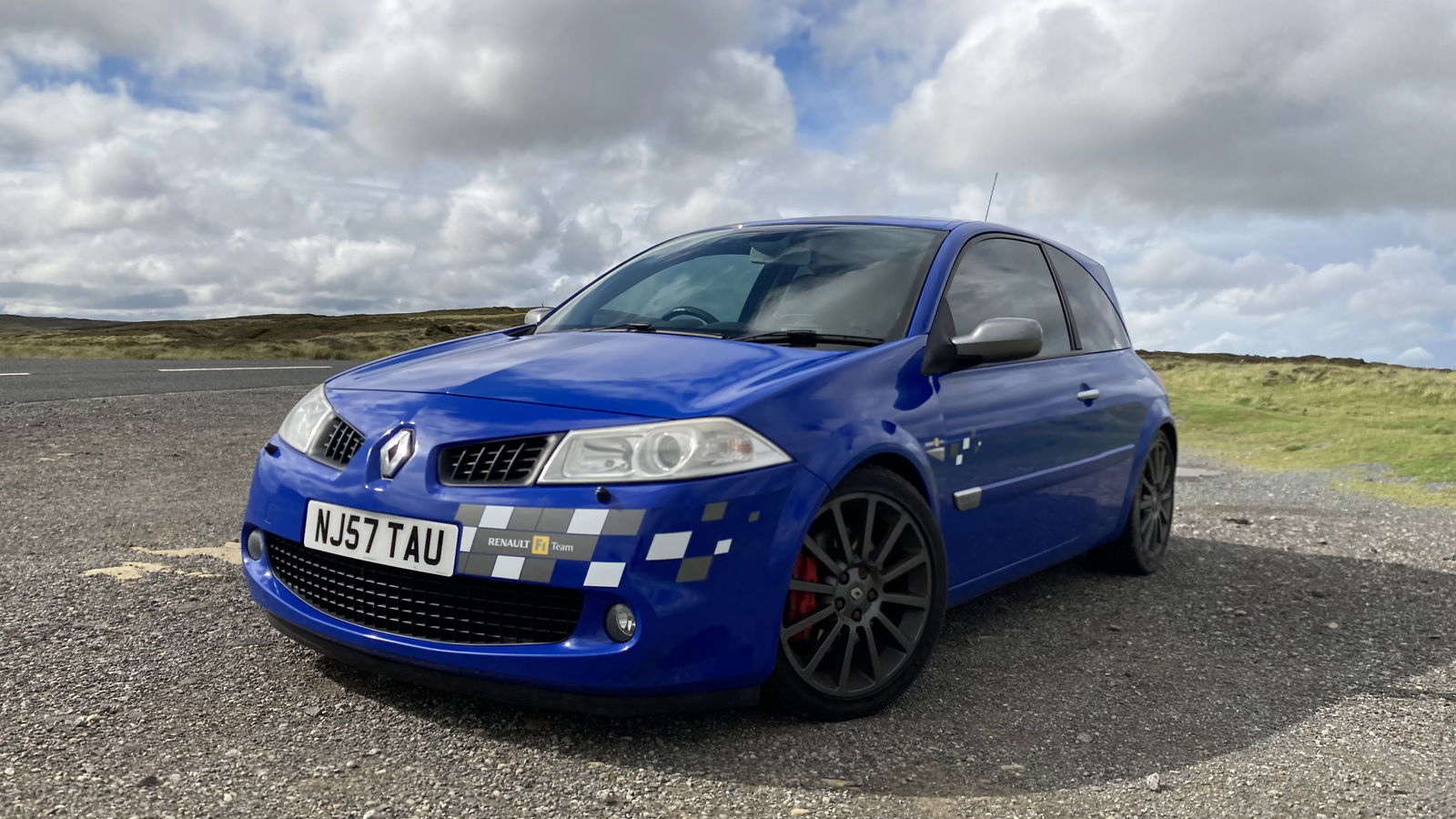
Back in 2020, I was in the very fortunate position to have a decent bit of disposable income, but the opportunities to spend it on things like holidays and meals out were far between (can’t think why). I was also daily driving a Mazda MX-5 that was causing me chronic back pain and had a chassis so rotten it was on the verge of Thanos-snapping out of existence. That confluence of events is how I came to own a Renault Megane R26.
The R26 – to give it its needlessly verbose full title, the Renault Megane 230 Renaultsport F1 Team R26 – was a version of the original Renaultsport Megane revealed by Renault to celebrate its 2006 F1 championship win. It wasn’t just a stickers-’n’-plaque job though – Renault bumped power from 222 to 227bhp, it came with the sporty Cup chassis as standard and, most importantly, it had a limited-slip diff. It was also the basis for the ultralight cult classic R26.R, but that’s a whole different water heating device full of sea creatures.
In just over two and a half years of ownership, I used the R26 for just about everything: commuting, motorway runs, mountain bike transport, a North Coast 500 trip during which it covered around 1250 miles in five days, and of course, lots of aimless early morning blasts. In the particularly weird weather year that was 2022, it was subject to both 40ºc heat and bitter, snowbound -10ºc cold. In essence, I put it through quite a lot (and as you're about to see, very rarely cleaned it). Here are eight things my ownership taught me.
The engine is solid

Forget your preconceptions about French cars for a moment: the R26’s 2.0-litre turbocharged four-cylinder – with the rather unfortunate designation of F4RT – is a remarkably tough little motor.
I’ll always remember the mileage figure the car was on when I bought it – 99,999 – and that was around 40,000 higher by the time I moved it on. During that time, the only time anything went massively wrong in the engine was a water pump failure just a couple of months after I’d had it replaced as part of a cambelt change. This, I suspect, wasn’t the car’s fault, but likely due to the new part not being OEM, and it was all sorted under warranty by the garage.
Indeed, I’ve heard whispers of these engines creeping above 300,000 miles. Basically, as long as you keep on top of maintenance – like you should with any engine – there’s not a whole lot to worry about here.
But other parts aren’t

Shame you can’t say the same about what goes on underneath. As relatively powerful front-wheel drive cars, these Meganes like to chew through suspension and drivetrain components. At one point it felt like every other month the R26 was making a trip to the garage to have a wishbone, track rod end or – most commonly – a CV bearing replaced.
Again, as long as it’s kept on top of, nothing is likely to go catastrophically wrong before you can catch it, but it’s worth taking into account.
It’s comfier than you’d imagine
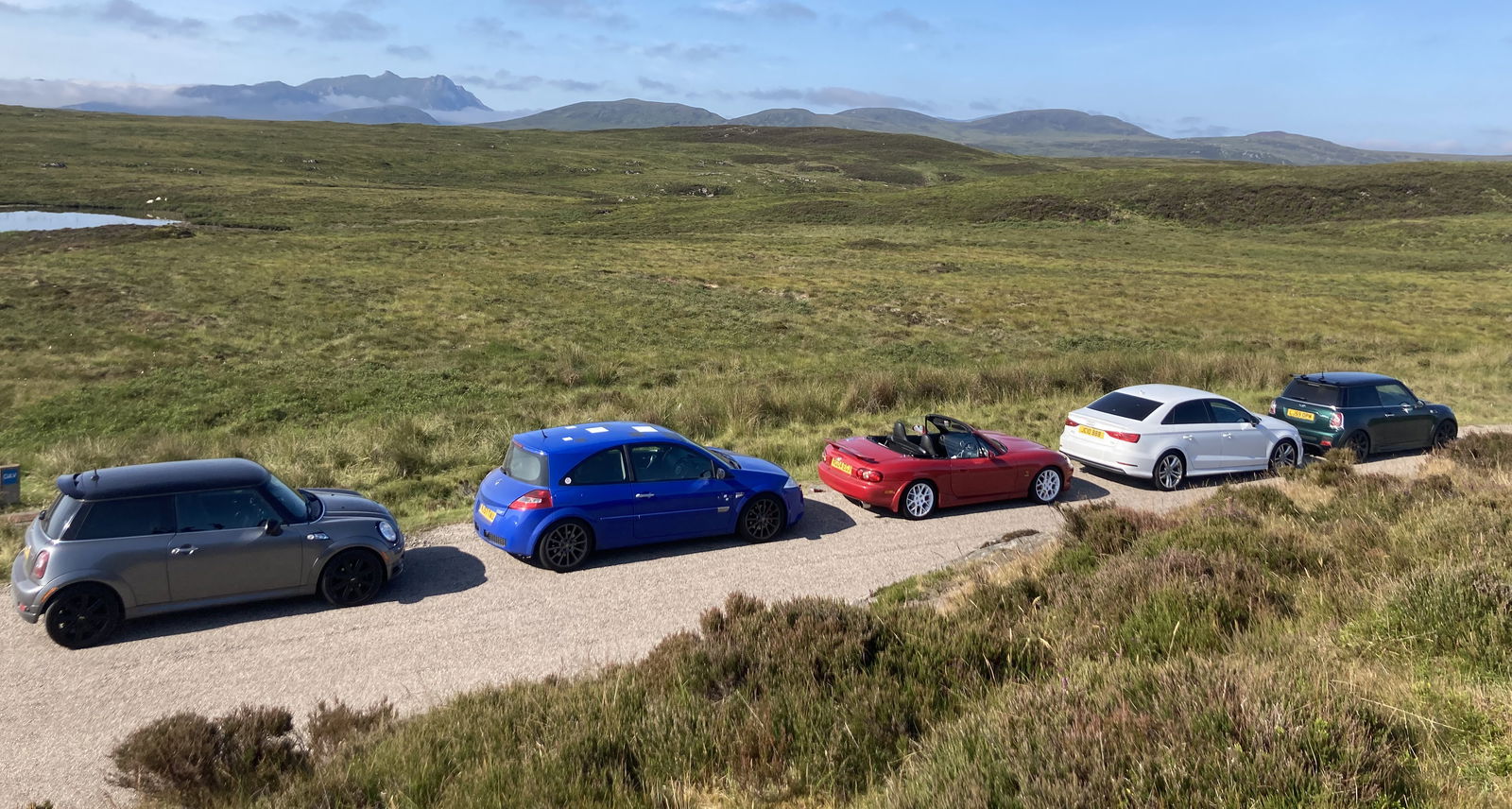
Not so much in the ride department, which naturally erred towards the firm, but ergonomically, the R26 was phenomenal. As standard, it came with chunky Recaro Trendline bucket seats up front which, hand on heart, are way comfier and more supportive than a lot of seats I’ve tried in far more modern and luxurious cars. The back seats, meanwhile, were standard Megane fare – a big, squishy bench that wouldn’t have felt out of place in a Parisian living room.
The driving position was spot on, too, with the seats sitting you nice and low and plenty of space in all directions. Together with cruise control, this made it just as amenable on a day-long schlep from Yorkshire to Inverness as it was sensational on the twisty mountain roads that lay beyond.
But the build quality isn't great

To be frank, besides the seats, the actual look and feel of the Megane’s interior was rubbish. It was an ocean of grey, scratchy, creaky plastic and nasty switchgear. At least the weird aircraft throttle style handbrake lever was a fun touch.
There were other signs that it was built to a budget, too. During my ownership, the R26 gradually shed all four of its wheels’ centre caps, which presumably are now littered across various bits of the UK as a strange record of the places I went. Towards the end, the cheap plastic ring that secured the gearknob’s gaiter to the transmission tunnel would pop out of its mounts when I put the car in reverse, too. Not terrible, just annoying.
People either love or hate the styling

When the second-gen Megane launched in the UK, a TV ad for it got banned because it emphasised the car’s prominent rear end in a manner that was deemed far too scandalous for the sensitive eyes of daytime TV viewers in the innocent days of 2003.
The ‘big-bum Megane’, as everyone calls it these days, was penned under Patrick Le Quement’s slightly mad stewardship of Renault design that also led to the magnificent follies that were the Avantime and Vel Satis. When I bought the car, the shape had been around for 18 years, but the looks were still the thing most people wanted to discuss.
Personally, I still think it’s a great-looking car, even if the crisp, almost architectural lines of the basic shape clashed somewhat with the R26’s slightly juvenile ‘F1 Team’ stickers (standard fit, but could be optionally deleted). It’s fair to say not everyone agreed, though.
Good luck if you ever need to change a headlight bulb
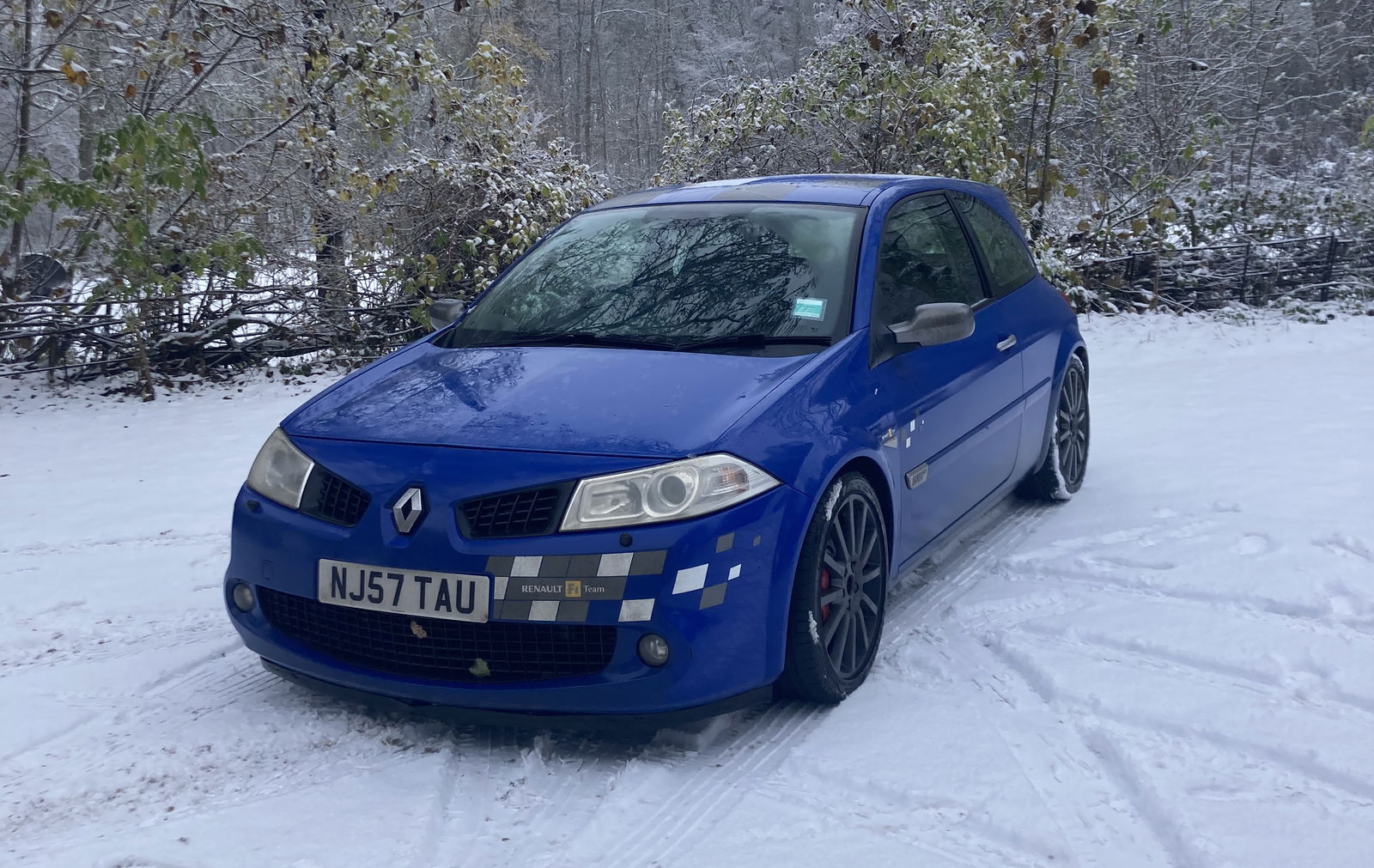
Ah yes, the most irritating thing about owning a second-gen Megane. Renault were very keen for almost all maintenance work to be carried out at a dealer. Whenever it burned through a headlight bulb – and it did frequently – I couldn’t just open up the bonnet and go in from above like on basically any other car.
Instead, you had to lie on your back, and go in completely blind through a small hole in the arch lining, taking most of the skin off your forearm in the process. If you were particularly skinny of arm and deft of finger, you could do this with the wheels on full lock, but anyone that’s not an Olympic gymnast is best served jacking up the car and removing the front wheel entirely. All for a headlight bulb.
It’s a near-perfect road car
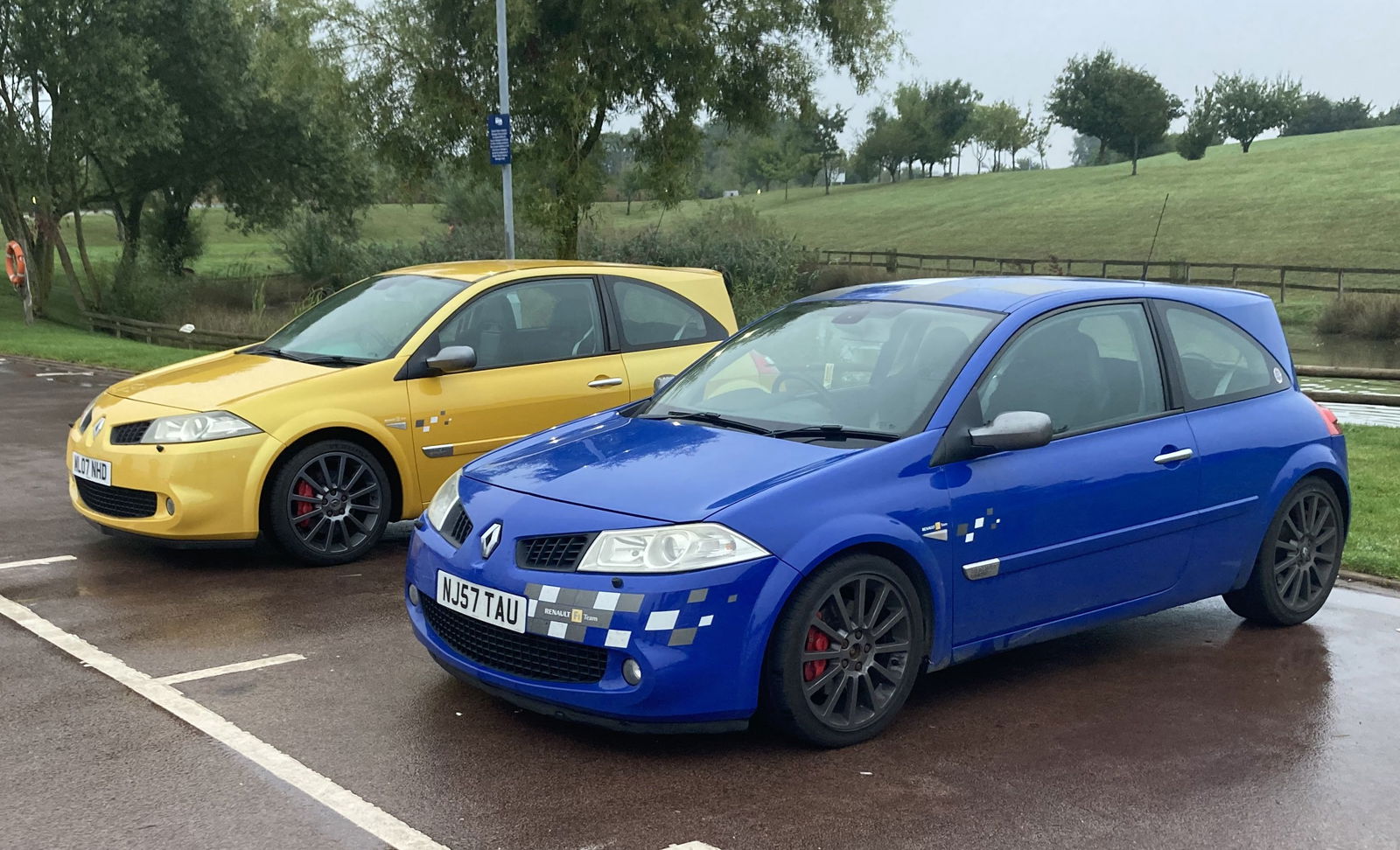
In the era of 400bhp-plus hot hatches, 227bhp and 229lb of torque might sound a bit… weak. Really, though, it’s not, and the R26 could still hit 62mph in 6.5 seconds and max out at 147mph. In a Britain full of wiggly roads, speed cameras and caravans, it’s a near-perfect amount of shove, delivered with an addictive turbocharged surge and no torquesteering drama, despite it all going through the front wheels.
Then there’s the handling: crisp, immediate, and addictive in the way the limited-slip diff would hook up and tighten the line through a corner even as you applied more power. When everything came together on a twisty, empty country road, not much else I’ve driven has come close.
It’s still one of the best hot hatch bargains around

In the four years since I bought my R26 for just under £5,000, I’ve already seen used values creep up. As I write this, the cheapest one I can find for sale is £5,450, and it’s one that looks like it’s seen a lot of life.
That’s not hugely surprising, though. It’s become increasingly clear during the last few years that the old-school, front-drive, manual hot hatch is under threat of extinction, so it’s no wonder stand-out examples of the genre are starting to appreciate. That said, even really nice R26s are still comfortably under £10,000, and for that sort of money, I can’t think of much else that combines sheer driver appeal with genuine everyday usability so well.
Buy one now and you might just be pleasantly surprised when it comes time to move it on, but please, don’t treat it as an investment. Use it, enjoy it, thrash it, look after it, and it’ll be one of the best things you ever own. And if the new owner of chassis number 1900 is reading this: can I come and visit it? Pretty please?
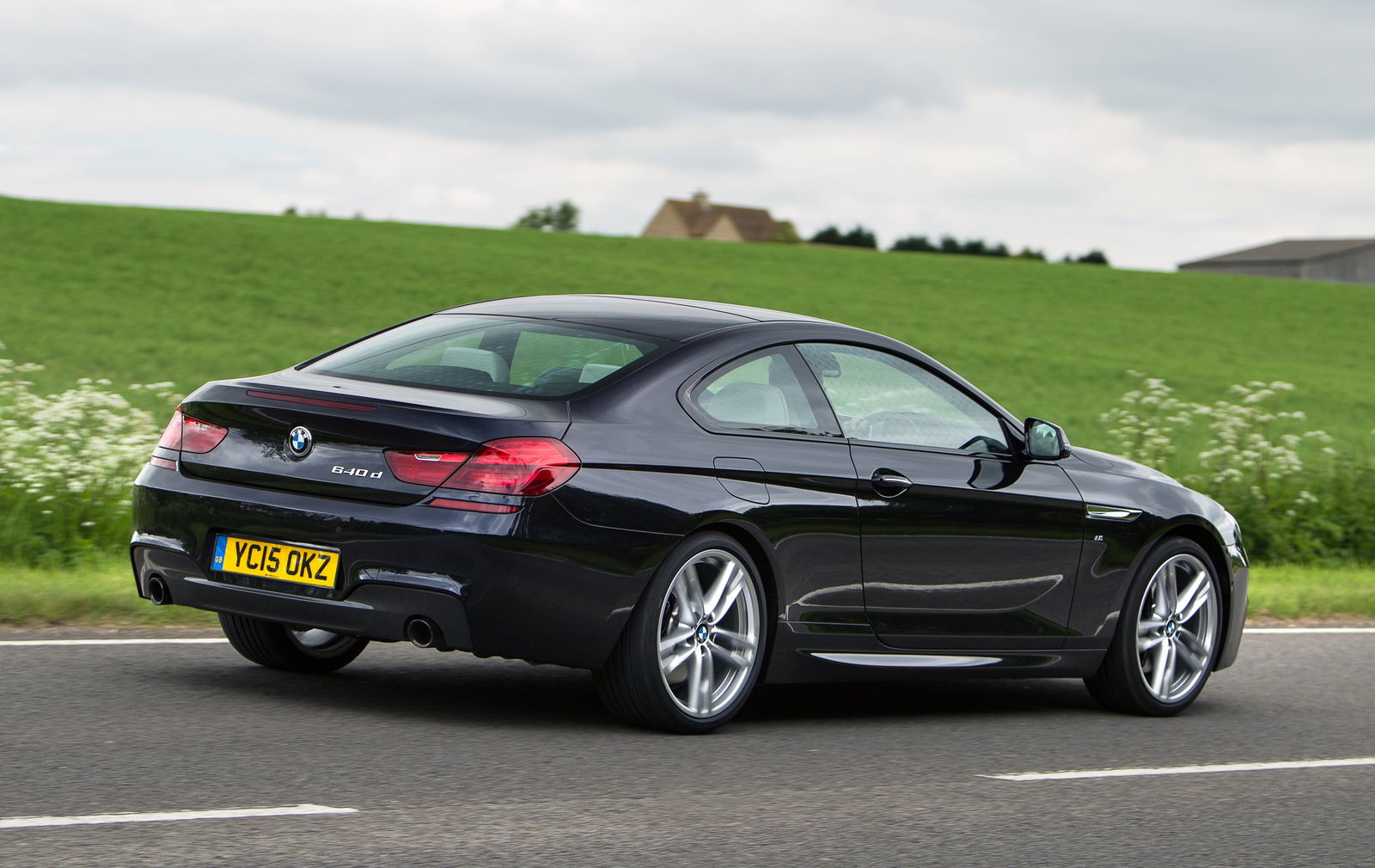
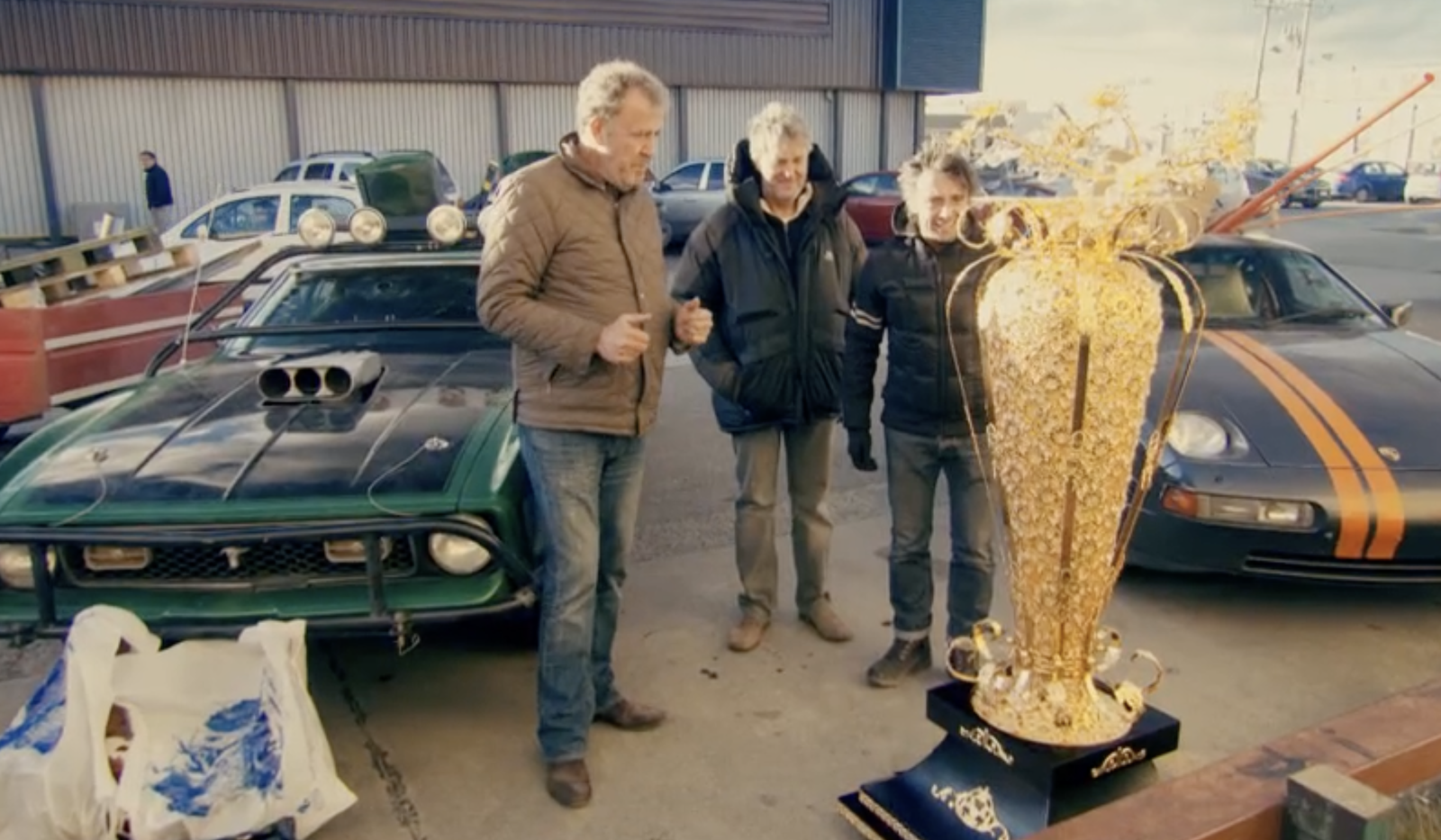

Comments